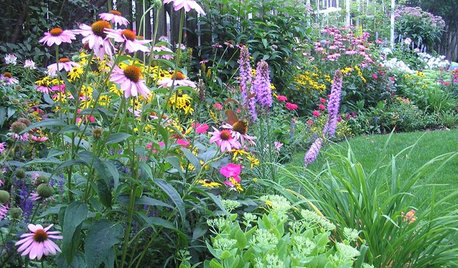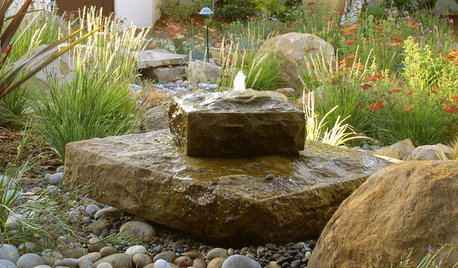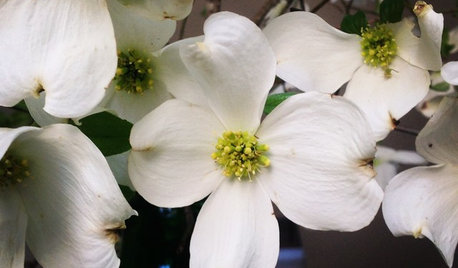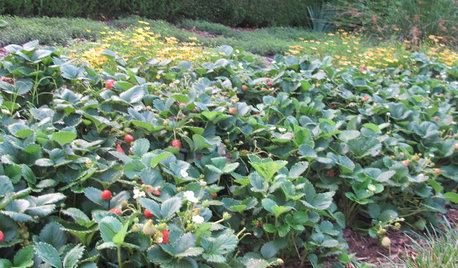Consequences and benefits of over fertilization.
thisisme
14 years ago
Related Stories

GARDENING GUIDESGet on a Composting Kick (Hello, Free Fertilizer!)
Quit shelling out for pricey substitutes that aren’t even as good. Here’s how to give your soil the best while lightening your trash load
Full Story
FLOORS5 Benefits to Concrete Floors for Everyday Living
Get low-maintenance home flooring that creates high impact and works with home styles from traditional to modern
Full Story
LANDSCAPE DESIGNTry Slow Gardening for Some Unexpected Benefits
Why set your garden on the fast track? Here's how to relax and enjoy it in an entirely new way
Full Story
LANDSCAPE DESIGNThe Benefits of Wild Landscape Design
Wildness doesn’t have to mean disorder. Here are some things it brings to the garden and life
Full Story
GARDENING GUIDESGreat Design Plant: Cornus Florida Benefits Wildlife
Flowering dogwood provides fiery red foliage in fall and beautiful springtime blooms
Full Story
GARDENING GUIDESHow to Switch to an Organic Landscape Plan
Ditch the chemicals for a naturally beautiful lawn and garden, using living fertilizers and other nontoxic treatments
Full Story
GARDENING GUIDESThe Poop Scoop: Enrich Your Soil With Good Old Manure
Get over the ick factor already — this natural super-ingredient for soil has so many benefits, you'll wonder why you ever went chemical
Full Story
REGIONAL GARDEN GUIDESSoutheast Gardener's September Checklist
Fertilize strawberries, plant a tree or two and beckon hummingbirds to your Southern garden this month
Full Story
GARDENING GUIDESGarden Myths to Debunk as You Dig This Fall and Rest Over Winter
Termites hate wood mulch, don’t amend soil for trees, avoid gravel in planters — and more nuggets of garden wisdom
Full Story
LANDSCAPE DESIGNGarden Designer Chooses the Timeless Over the Trendy
This lush and restful garden provides a place for a family to retreat from their busy lives
Full Story
Sponsored
More Discussions






tapla (mid-Michigan, USDA z5b-6a)
thisismeOriginal Author
Related Professionals
Grand Haven Landscape Architects & Landscape Designers · Roxbury Crossing Landscape Architects & Landscape Designers · Medford Landscape Contractors · Concord Landscape Contractors · Conroe Landscape Contractors · Tyngsboro Landscape Contractors · Hershey Decks, Patios & Outdoor Enclosures · Southampton Decks, Patios & Outdoor Enclosures · Vandalia Decks, Patios & Outdoor Enclosures · Candler-McAfee Fence Contractors · Albany Fence Contractors · East Peoria Fence Contractors · Fremont Fence Contractors · Wallingford Fence Contractors · Whitman Fence Contractorstapla (mid-Michigan, USDA z5b-6a)
thisismeOriginal Author
thisismeOriginal Author
tapla (mid-Michigan, USDA z5b-6a)
dieseler
giants_2007
thisismeOriginal Author
thisismeOriginal Author
wabikeguy
thisismeOriginal Author
dieseler
tapla (mid-Michigan, USDA z5b-6a)
peak42
chills71
tapla (mid-Michigan, USDA z5b-6a)
giants_2007
dieseler
tapla (mid-Michigan, USDA z5b-6a)
chills71
danab_z9_la
tapla (mid-Michigan, USDA z5b-6a)